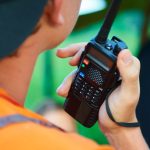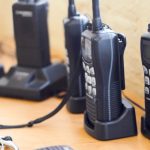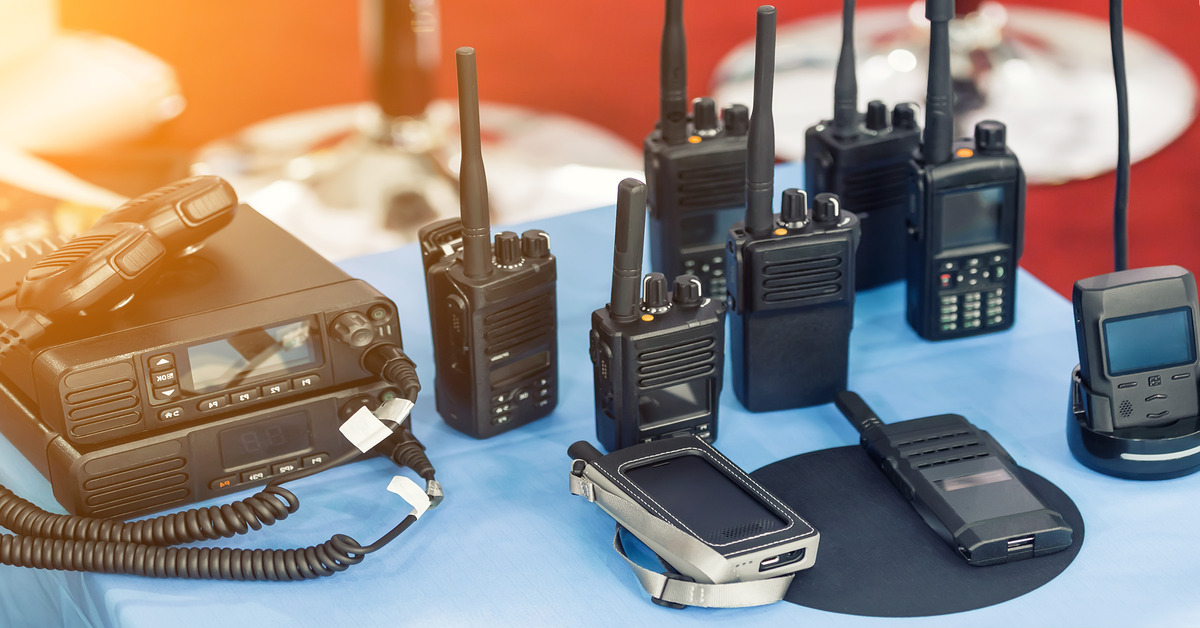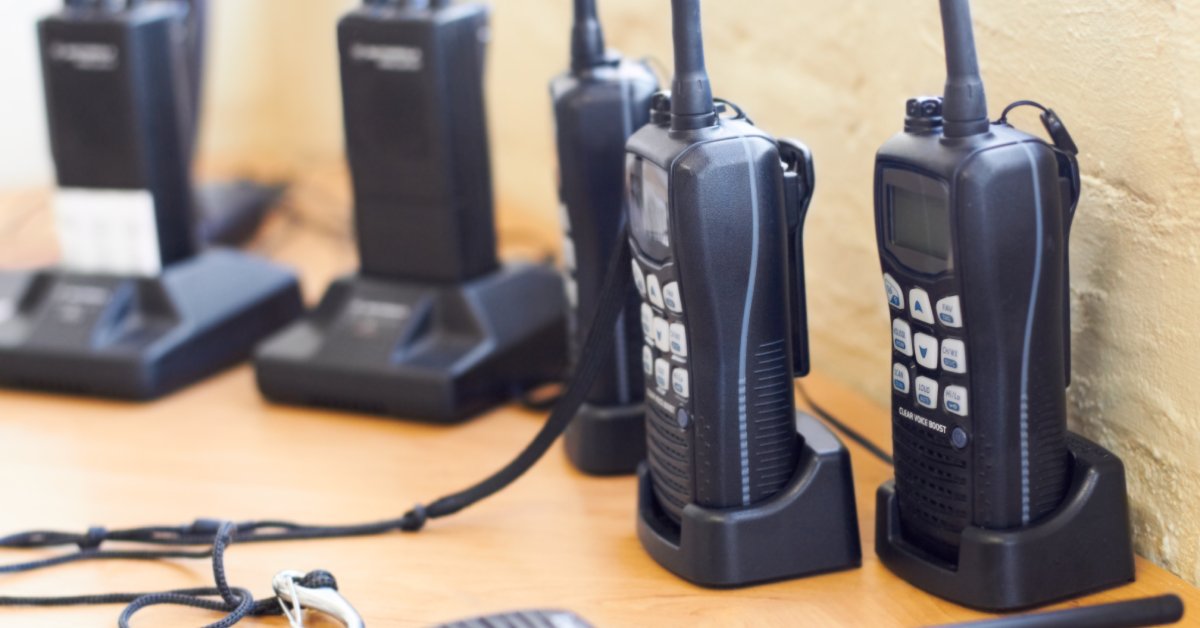Managing communication tools, such as two-way radios, is essential for keeping large teams connected and ensuring operations run smoothly. However, one element that is often overlooked in this process is the proper management of radio batteries. Without a well-thought-out system, teams can face challenges like dead batteries, disrupted communication, and wasted time. A battery rotation system can alleviate these challenges, offering a practical way to make sure batteries are consistently charged, ready for use, and properly maintained.
This guide will explain how to create a battery rotation system for large teams. By understanding battery types, setting up a rotation process, and following best practices, you can maximize battery life and improve communication reliability within your team.
Understanding Battery Types
The first step in creating a battery rotation system is understanding the types of batteries your radios use. Two-way radios typically use nickel-cadmium (NiCd), nickel-metal hydride (NiMH), or lithium-ion (Li-ion) batteries. Each of these battery types has unique characteristics that influence how you should manage them.
Nickel-Cadmium
Nickel-cadmium batteries are known for their durability and ability to perform well in extreme temperatures. However, they are susceptible to the memory effect, which causes them to lose capacity if not fully discharged before recharging. This makes consistent cycling important when using NiCd batteries.
Nickel-Metal Hydride
Nickel-metal hydride batteries are more environmentally friendly than NiCd and have a higher capacity for longer use. While they are less prone to the memory effect, they may still experience gradual capacity loss if improperly maintained. These batteries benefit from occasional full discharge and recharge cycles to maintain peak performance.
Lithium-Ion
Lithium-ion batteries have become the most popular choice for two-way radios due to their lightweight design, high energy density, and low self-discharge rate. They are not prone to the memory effect, making them more convenient to maintain. However, Li-ion batteries can degrade over time if exposed to extreme temperatures or constant overcharging.
Understanding the type of batteries your radios use will inform your rotation strategy and maintenance habits, ensuring long-lasting performance.

Creating a Rotation System
Designing a battery rotation system may initially seem complex, but breaking the process into clear steps makes it manageable. By implementing a structured approach, you can be sure that every battery in your fleet is charged, maintained, and ready for use.
Categorize Inventory
Start by categorizing your battery inventory. Gather all the batteries used by your team and label them clearly. Numbering each battery or assigning specific tags can help you track usage and maintenance history.
Design a Rotation Schedule
Once the batteries are labeled, design a rotation schedule. Divide your batteries into three groups. The first group will remain in active use, the second will be designated for charging, and the third group will act as a backup. By rotating these groups daily or weekly, you can maintain a consistent workflow where no battery is overused or neglected.
Assign Responsibilities
Next, assign responsibilities. Designate a specific team member or department to oversee battery rotation. This keeps the process consistent by making sure that someone is accountable for tracking battery conditions and replacing batteries as needed.
Establish a Tracking System
Finally, establish a tracking system. Record usage, charging cycles, and any issues observed with individual batteries. A simple spreadsheet or inventory management software can make this process more efficient. By tracking these details, you’ll be able to identify patterns and address problems proactively, such as replacing aging batteries or troubleshooting charging issues.
Maximizing Battery Life
Maintaining radio batteries requires rotation as well as proper handling and maintenance practices. Implementing best practices can substantially extend the life of your batteries and improve their reliability.
Charging
To start, avoid overcharging batteries. Leaving batteries plugged in for extended periods after they’ve fully charged can degrade their performance. Many modern charging stations have features that prevent overcharging, but if you’re using older equipment, consider setting timers to disconnect the chargers once the batteries are ready.
Storage
Storing batteries properly is another critical factor. Batteries perform best when stored in a cool, dry place away from direct sunlight. Extreme heat can cause battery capacity to diminish over time. Additionally, keeping backup batteries charged to around 50 percent is ideal for long-term storage.
Cleaning
Clean the battery contacts regularly. Dust and debris can lead to poor connectivity between batteries and radios, causing performance issues. A simple wipe with a dry cloth can prevent this.
Education
Finally, educate your team about proper battery maintenance. Conduct training sessions on how to handle batteries and emphasize the importance of following the rotation system. When team members understand their role in the process, it increases compliance for smoother execution.

Managing Battery Inventory
Managing a large inventory of two-way radio batteries is much easier when you have the right tools and resources at your disposal. Leveraging technology and other equipment can simplify the process and reduce errors.
Software
Battery management software is one of the most effective tools you can use. These programs monitor battery health, track charging cycles, and automatically generate reports. Many software options also allow you to assign tasks or send reminders, making it easier to stick to your rotation schedule.
Charging Stations
Investing in specialized charging stations can also enhance efficiency. Some charging stations have multiple slots and advanced features, such as rapid charging, status indicators, and fault detection. These stations reduce downtime and ensure that charged batteries are available when needed.
Barcode Scanners
Another useful tool is barcode scanners. By attaching barcodes or QR codes to each battery, you can use scanners to quickly log usage, charging, and storage details. This eliminates manual tracking errors and speeds up your inventory management process.
Organizers
Consider using durable battery organizers. Storage cases and wall-mounted racks keep batteries grouped and labeled, minimizing clutter and helping you maintain physical order.
With these tools and resources, managing even a large collection of batteries can be a streamlined and efficient process.
Why Proper Battery Rotation Matters
Knowing how to create a battery rotation system for large teams fosters seamless communication. Proper battery management leads to fewer disruptions, lower replacement costs, and longer-lasting equipment. For industries such as construction, security, healthcare, and event management—where two-way radios are often mission-critical—these benefits are invaluable.
Taking a proactive approach to battery rotation empowers your team to focus on their tasks without worrying about equipment failure. By understanding battery types, following a systematic rotation process, and utilizing the right tools, you can establish a dependable system that enhances productivity and minimizes downtime.
Battery Distributors sells a variety of high-quality replacement radio batteries, including Motorola XPR 6550 batteries, to make sure your team always stays connected. Browse our selection to get the performance and durability you need from your radios.











